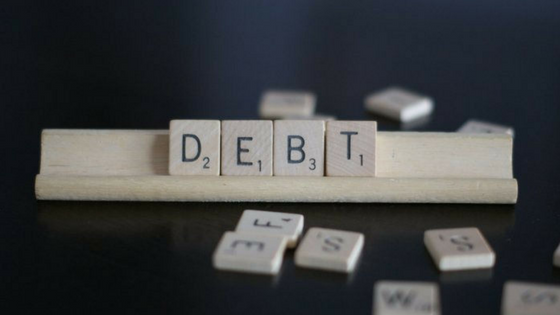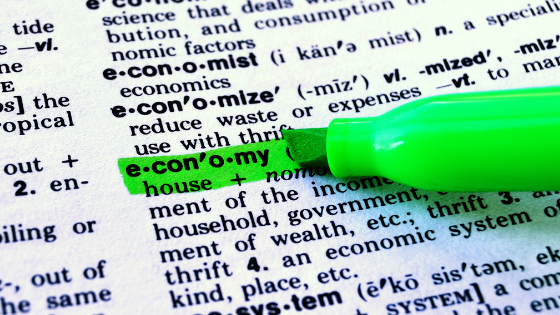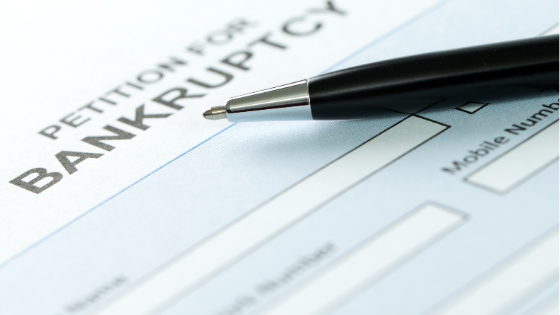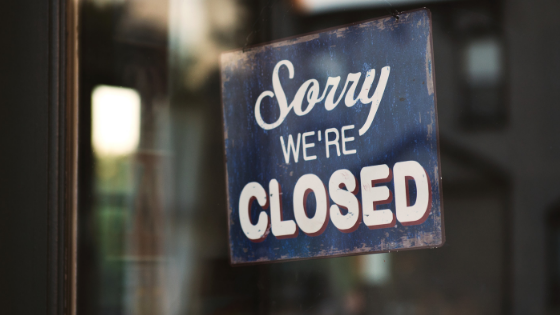Key Takeaways
- Rejection rates for credit applications increased across the board
- Consumer credit demand remained relatively stable
- Households show slight improvement in financial fragility
The Federal Reserve Bank of New York’s latest Survey of Consumer Expectations (SCE) Credit Access Survey paints a challenging picture for consumers seeking credit in 2024. While credit demand remains largely stable, rejection rates across key credit types have surged, signaling potential challenges for both consumers and lenders in the months ahead.
Driving the News: The October 2024 SCE Credit Access Survey reveals:
- Rising Rejection Rates: Rejection rates for credit cards, mortgages, auto loans, and mortgage refinances all increased in 2024. Notably, rejection rates for auto loans and mortgage refinances hit new series highs since tracking began in 2013.
- Stable Demand, High Friction: Credit demand held steady in 2024, with an application rate of 42.1%, slightly above the 41.2% rate in 2023. However, rejection rates for applicants increased to 21.0% in 2024, up from 20.1% in 2023, reflecting higher friction in securing credit.
- Discouraged Borrowers: The share of respondents too discouraged to apply for credit, fearing rejection, increased to 6.0% in 2024 from 5.2% in 2023, indicating a growing sentiment of financial apprehension.
Between the Lines: Voluntary credit account closures reached a new low, while lender-initiated closures climbed to a new high. This suggests that consumers are not proactively closing accounts, possibly due to tighter access, and lenders are taking more control in reducing their exposure to risk.
The Big Picture:
- The likelihood of applying for credit over the next 12 months has declined, particularly for new credit cards and mortgages. Conversely, the likelihood of applying for a mortgage refinance has rebounded from historic lows.
- Consumer expectations of being rejected, conditional on applying for credit, have increased, especially for auto loans and credit cards. This trend highlights rising consumer skepticism about their ability to secure credit in the current economic climate.
- On a slightly positive note, there has been a modest decrease in the subjective financial fragility of U.S. households, with more respondents indicating they could come up with $2,000 in an emergency compared to last year.
- Average probability of coming up with $2,000 for unexpected expenses increased to 66.5%.
- However, the likelihood of needing such funds also rose to 36.7%.
The Bottom Line: The tightening credit conditions and increased rejection rates are likely to impact consumer financial health and, consequently, their ability to manage existing debts.








